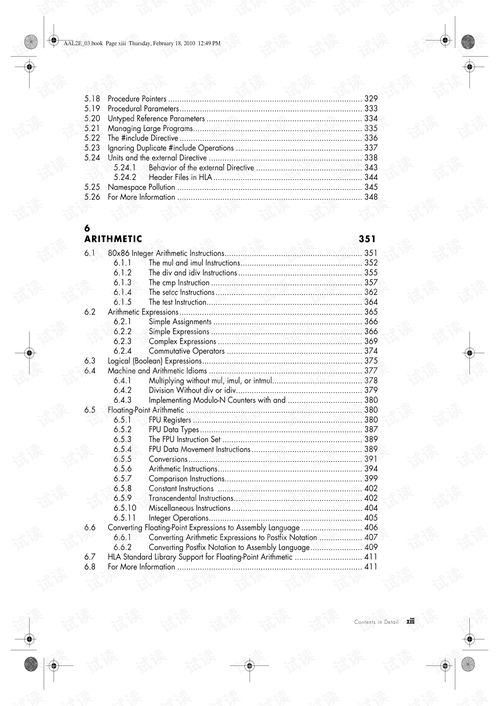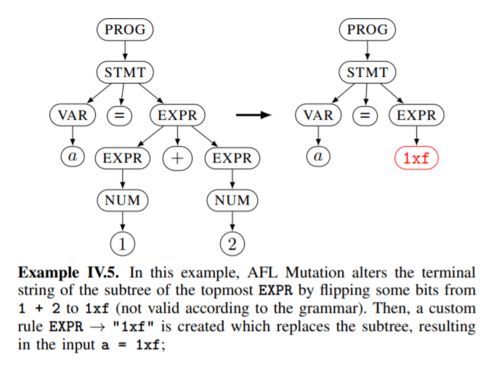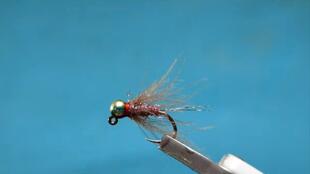Content:
Introduction: Crab fishing, an ancient and revered tradition, has always been a popular pastime for anglers and seafood enthusiasts alike. Among the various species of crabs, there's a special allure to the giant crabs, which not only offer a delightful taste but also present a challenge to the anglers. In this article, we will delve into the art of crab fishing and provide you with essential techniques to help you catch those magnificent giant crabs.
Choosing the Right Equipment: To begin your crab fishing adventure, it's crucial to have the right equipment. Here are some essential tools you'll need:
a. Crabbing Rod: A sturdy and long-lasting rod is essential for crab fishing. Look for a rod that is specifically designed for crabbing, as it will have the necessary strength and flexibility to handle the weight of a giant crab.
b. Crab Line: A heavy-duty line is a must, as giant crabs can be quite strong and may break weaker lines. Choose a line that is at least 50 pounds test to ensure durability.
c. Bait: Selecting the right bait is key to attracting giant crabs. Common baits include fish heads, chicken legs, and raw shrimp. Experiment with different baits to see which one works best in your specific location.
d. Crab Trap: A crab trap is a vital tool for catching giant crabs. These traps are designed to allow crabs to enter but not to escape. There are various types of crab traps available, so choose one that suits your needs and the regulations of your fishing area.
Selecting the Ideal Location: The success of your crab fishing trip largely depends on choosing the right location. Here are some tips to help you find the perfect spot:

a. Tidal Flows: Crabs are often found in areas with strong tidal flows, as these currents bring in a wealth of food. Look for areas where the tide is ebbing or flowing, as these spots are more likely to have a higher concentration of crabs.
b. Reefs and Rocks: Crabs tend to hide in reefs, rocks, and other underwater structures. These areas provide shelter and protection from predators. Search for such spots in your chosen location.
c. Depth: Giant crabs are usually found in deeper waters, so it's important to target areas with a depth of at least 10-15 feet. However, the exact depth can vary depending on the species and location.
Setting Up Your Crab Trap: Once you've found the perfect spot, it's time to set up your crab trap. Follow these steps to ensure a successful setup:
a. Place the bait: Attach your bait securely to the trap using a sturdy hook or clip. Make sure the bait is visible and accessible to the crabs.
b. Position the trap: Lower the trap into the water and position it in the desired location. The trap should be perpendicular to the current to ensure that crabs can easily enter and exit.
c. Set the timer: Depending on the type of crab trap you're using, you may need to set a timer to release the crabs after a certain period. This is especially useful if you want to catch multiple crabs without having to retrieve the trap frequently.
Patience and Persistence: Crab fishing requires patience and persistence. Giant crabs can be elusive and may take some time to catch. Here are some tips to help you stay focused:
a. Stay Put: Once you've set up your crab trap, stay put and wait for the crabs to arrive. Moving the trap frequently can spook the crabs and reduce your chances of catching them.
b. Keep an Eye on the Trap: Regularly check your crab trap to ensure that it's still in the desired location and that the bait is intact. This will help you identify any potential issues before they become significant.
c. Be Prepared: Have all the necessary equipment ready, including a net, gloves, and a cooler to store your catch. This will make the process of retrieving your crabs much easier.
Conclusion: Catching giant crabs can be a rewarding and exciting experience. By following these techniques and tips, you'll be well on your way to mastering the art of crab fishing. Remember to always respect the regulations and guidelines of your fishing area, and enjoy the process of connecting with nature and the thrill of the catch. Happy crab fishing!












